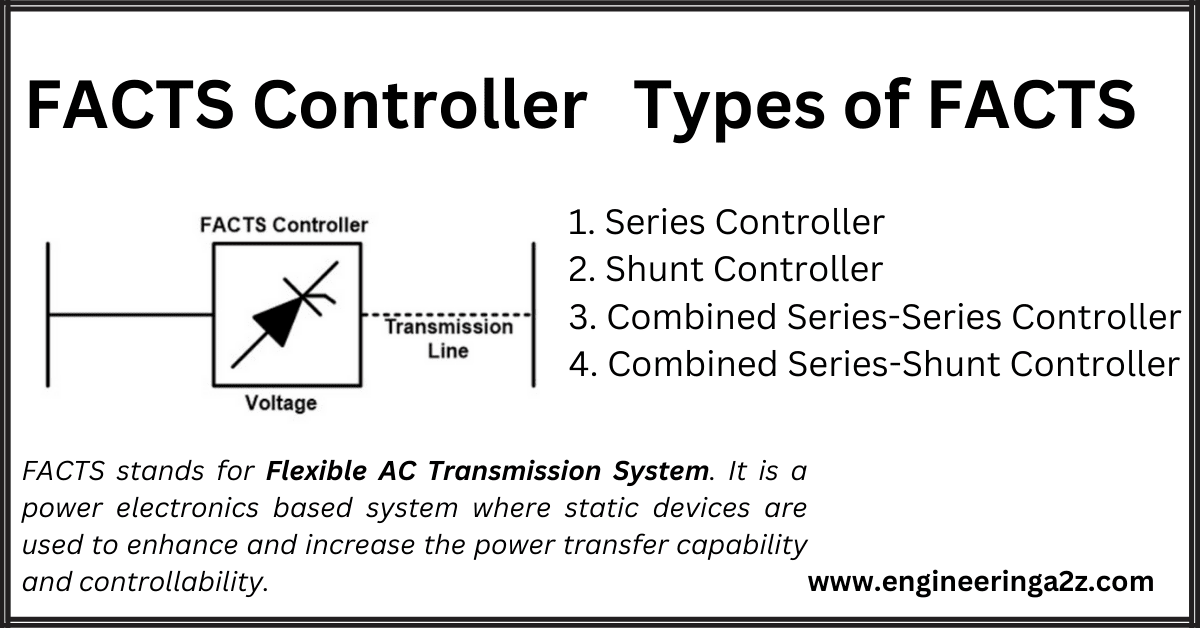
Table of Contents
FACTS
FACTS stands for Flexible AC Transmission System. It is a power electronics-based system where static devices are used to enhance and increase the power transfer capability and controllability.
FACTS is a short form of Flexible AC Transmission System. These devices are used in a power system network to increase the power transfer capability of transmission lines and will increase the voltage stability, transient stability, voltage regulation, reliability, and thermal limits of the transmission network.
Need of FACTS Devices
Before the invention of power electronics switches, these problems were solved by connecting a capacitor, reactor, or synchronous generator with the help of mechanical switches. But there is a lot of problems to use the mechanical switches. It has a very slow response, and there is a problem with the wear and tear of mechanical switches.
After the invention of power electronics switches like the thyristor that can be used for high voltage applications, power electronics-based FACTS controllers were developed.
Types of FACTS Controller
- Series Controller
- Shunt Controller
- Combined Series-Series Controller
- Combined Series-Shunt Controller
1. Series Controller
The series controller is used to introduce or inject voltage in series with the line voltage. It consists of a capacitor or reactor. This type of controller is used to supply or consume variable reactive power.
When the load on the transmission line is higher, it needs extra reactive power. In this condition, it is used to supply reactive power with the help of a capacitor.
In most cases, the capacitors are installed at the end of the line to compensate demand of reactive power.
Example:- Thyristor controlled series capacitor (TCSC), Static synchronous series capacitor (SSSC) etc.
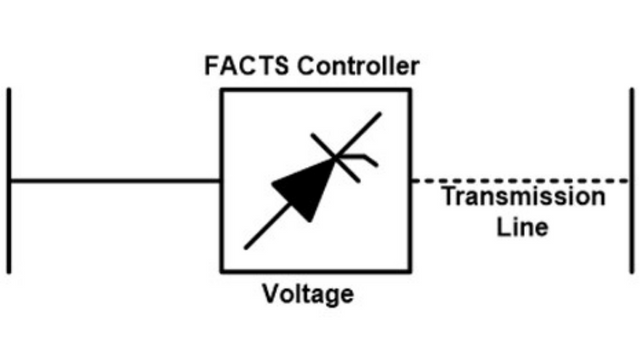
2. Shunt Controller
This type of device is used to inject current into the power system at the end of connection. Similar to the series controller, it also consists of variable impedance like capacitor & inductor.
When a capacitor is used to connect in parallel with the power system, the method is known as shunt capacitive compensation.
Example:- STATCOM, Static VAR compensator (SVC), Static synchronous compensator (SSC) etc.
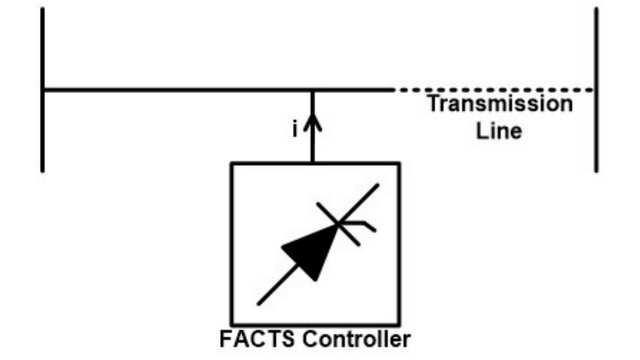
3. Combined Series-Series Controller
In this controller, combined the series-series controller with the line. It can transfer real power with lines a via DC power link.
It can be connected to unified controllers so that the DC terminals of converters are interlinked.
Example:- Interlink power flow controller (IPFC)
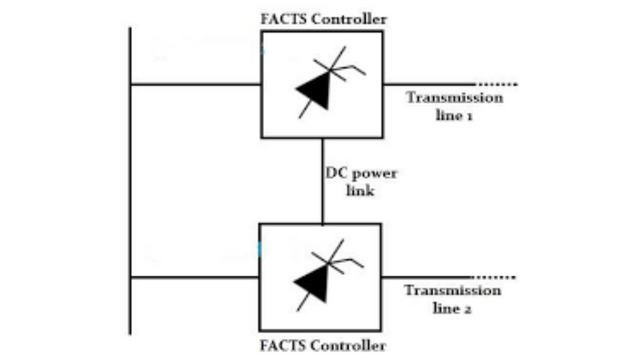
4. Combined Series-Shunt Controller
In this controller, combined the series-shunt controller with the transmission line.
This type of controller is used to introduce voltage in parallel using the shunt controller, and along with it, to introduce current in series using the series controller.
Example:- Unified power flow controller (UPFC)
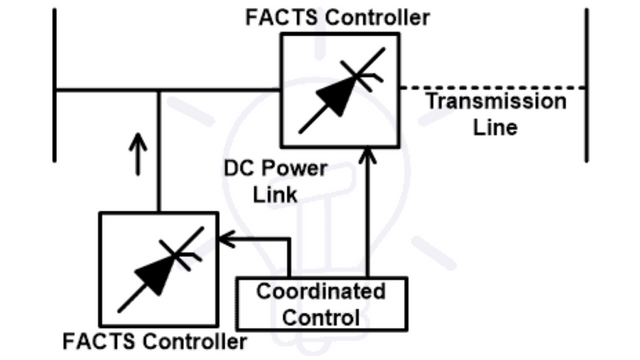
Read Also :
- AC and DC System : What is AC And DC Transmission System
- High Voltage Direct Current (HVDC) Transmission
- B.Tech – MDU Previous Year Question Papers Download





Leave a Reply